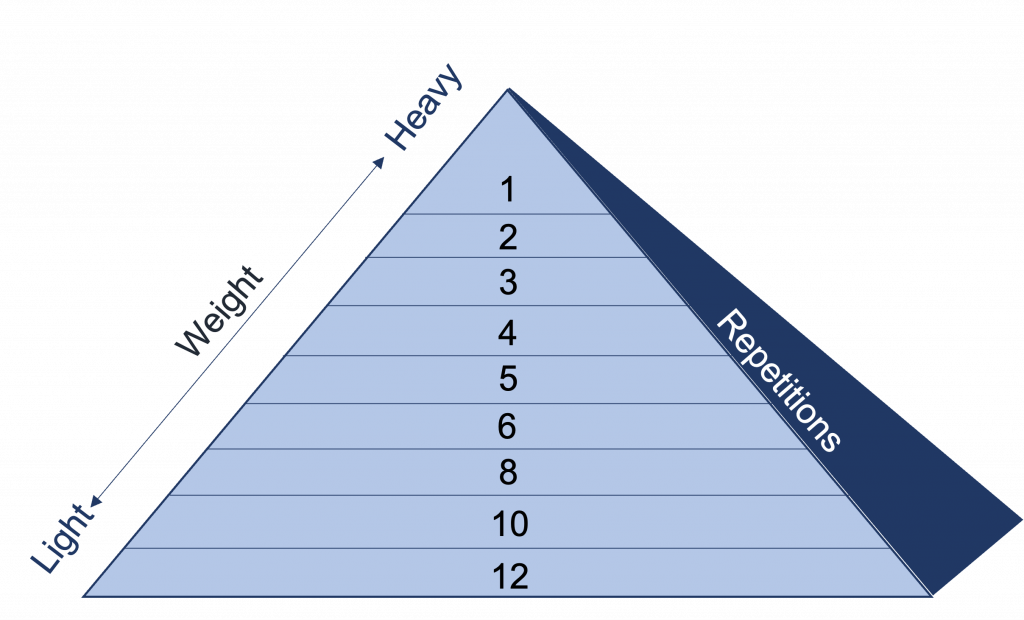78 Resistance Training Systems
Amanda Shelton
Resistance Training Systems
When creating a resistance training program, there are several training systems that can be used with different benefits associated with them.
Single Set
In a single set system, you are completing one set of each exercise. Benefits of a single set system: this is a great option for beginners to complete a variety of exercises without overloading beyond their abilities. This is also a good starting point for progression into a higher intensity program while the initial adaptations to resistance training occur.
Multi-Set
The multi-set system includes multiple sets of each exercise. The number of sets that are selected should be based on the training goals of the individual and the type of resistance training they are participating in (muscular endurance vs. muscular hypertrophy vs. muscular strength vs. muscular power). Benefits of a multi-set system: better for more advanced clients who are looking to increase their load to optimize the adaptations of their program.
Pyramid

The pyramid system involves multiple sets, just like the multi-set system, but in the pyramid system there are varied levels of repetitions throughout the multiple sets along with changing the intensity of the weights used. You can go “up” or “down” in the pyramid system. Remember, repetitions and intensity (the amount of weight used in this case) follow an inverse relationship meaning that as you increase the repetitions the weight decreases while if you decreased the number of repetitions the weight increases.
Superset
In the superset system, you are performing two exercises in rapid succession from one another. There are many variations of the superset system and how it is implemented within a program. It can be completed through varying the body area being loaded by a superset of upper body + lower body exercises (i.e., biceps curls and calf raises) or a superset of push + pull in the same body area but opposing muscle groups (i.e., dumbbell bench press and bent over rows). Other variations of a superset can include a tri-set, where three exercises are superset together, or a giant-set, where more than 3 exercises are superset together. Benefits of the superset system: you may have the opportunity to shorten rest times because while you are resting for one muscle group you are performing another exercise on a different muscle group which can either optimize time-management during resistance training or the benefit of minimizing rest time to increase cardiovascular load while still allowing for muscle recovery between compounding sets.
Circuit Training
For circuit training, you are performing a series of exercises in sequence with minimal rest. Circuit training sometimes can be confused with a giant-set from our superset system, although there are some distinct differences. Typically, in circuit training you will have all major muscle groups addressed within the variety of exercises within the circuit and have built in “rest” stations. You will likely only have one circuit within the workout session, whereas with giant-sets you may have multiple giant-sets within the workout session. Circuit training will also sometimes have cardiorespiratory exercises built in to the system to increase cardiovascular loading during the activity.
Drop Set
The drop set system is a more advanced training technique that involves completing a set to failure, decreasing the weight, and repeating a set to failure. This can be repeated for as many sets as desired. Typically during this type of system, the dropped set involves decreasing weight by 5~20%. Drop sets can be performed as a standalone training strategy or incorporated into other systems (such as the multi-set or superset systems) where your final set is a drop set performed to failure. This strategy allows you to overload the muscle to fatigue without adding additional weight that can sometimes help to overcome performance plateaus.

